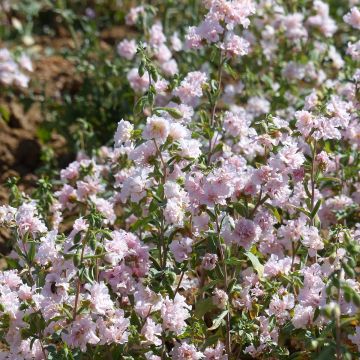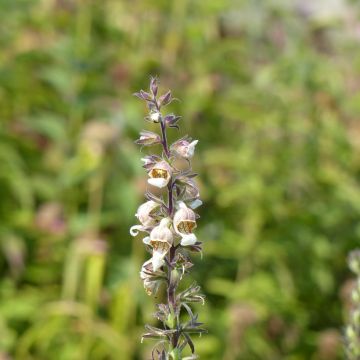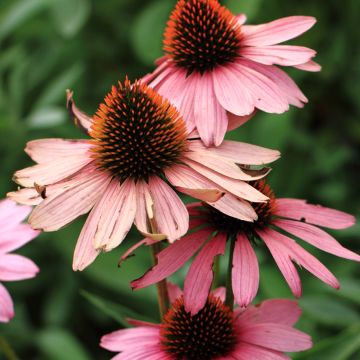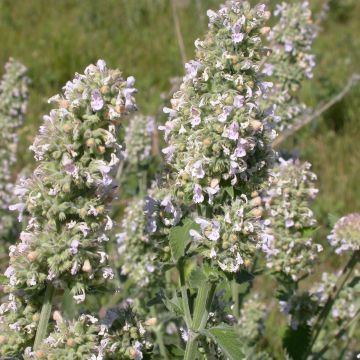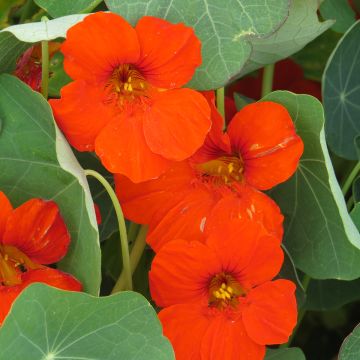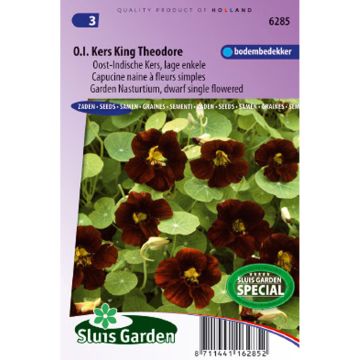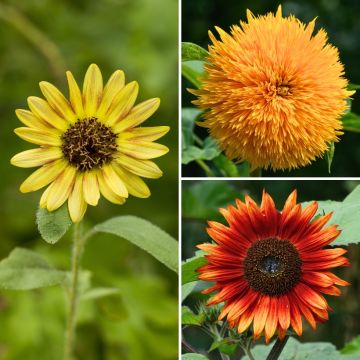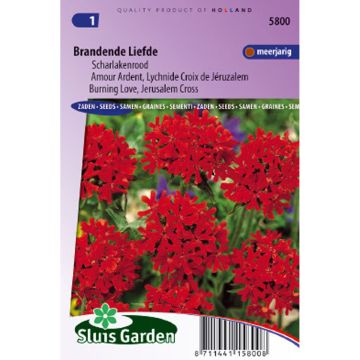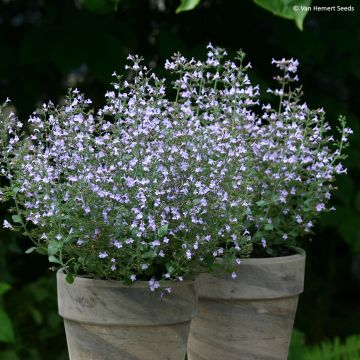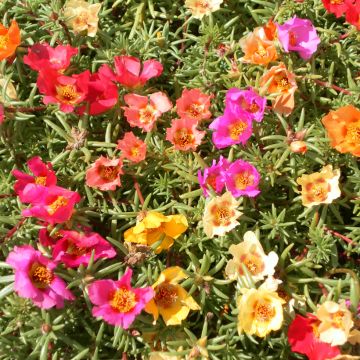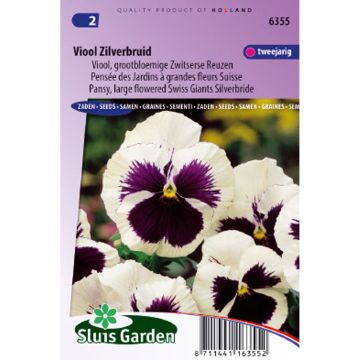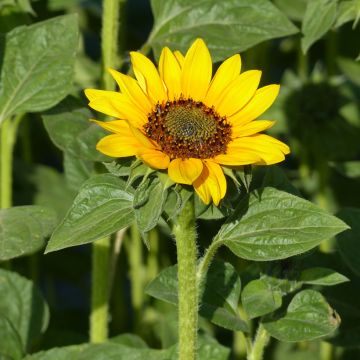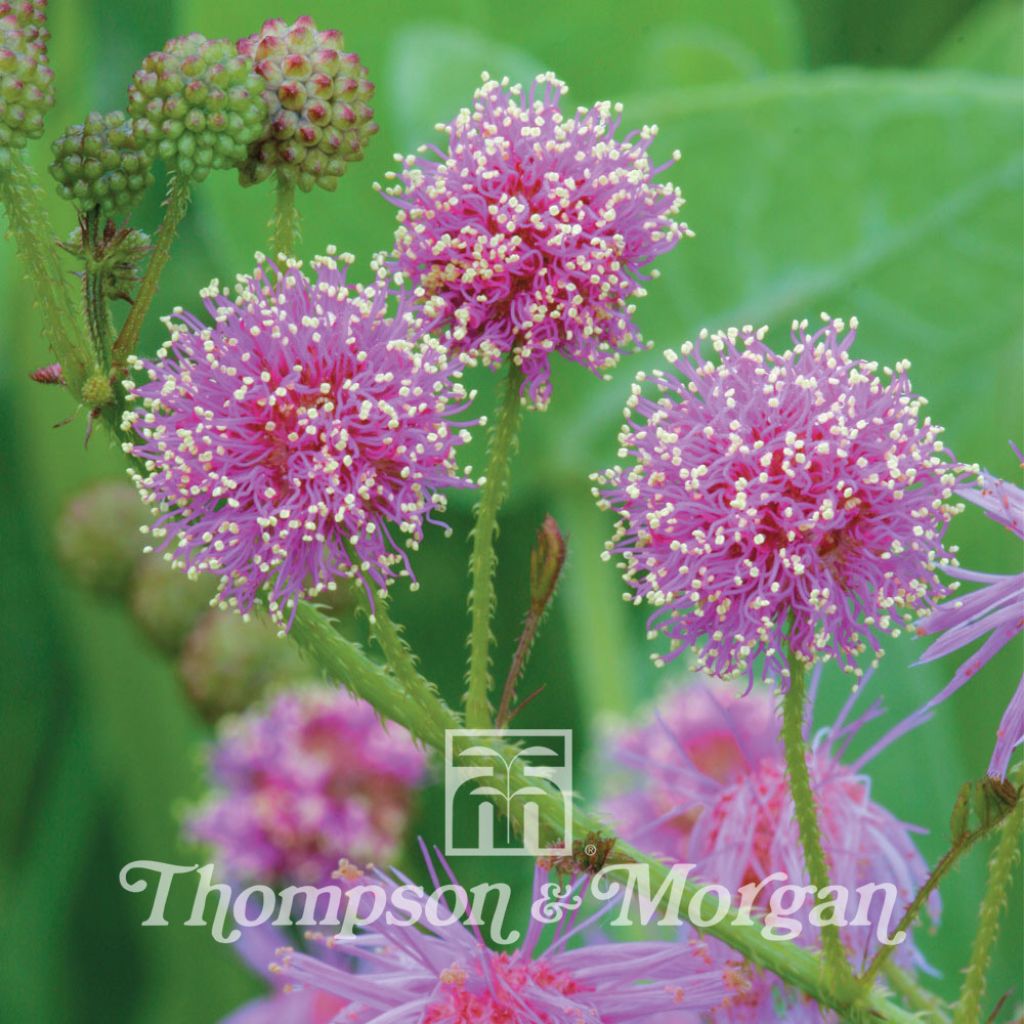

Mimosa Nuttallii Pink Sparkles
Mimosa nuttallii Pink Sparkles
Mimosa nuttallii Pink Sparkles
Nuttall's Sensitive-briar, Catclaw Brier, Sensitive Brier, Action Plant, Humble Plant, Live and Die, Sensible Plant, Shame Plant, Touch-Me-Not
Placed in a bucket during the summer, only one young plant has grown, I'm waiting for spring to replant it.
Didier, 12/10/2015
This plant carries a 6 months recovery warranty
More information
We guarantee the quality of our plants for a full growing cycle, and will replace at our expense any plant that fails to recover under normal climatic and planting conditions.
Seed-only orders are dispatched by sealed envelope. The delivery charge for seed-only orders is €3.90.
Delivery to Corse prohibited: UE law prohibits the import of this plant from mainland France to Corse as part of the fight against Xylella fastidiosa. Please accept our sincere apologies.
More information
Does this plant fit my garden?
Set up your Plantfit profile →
Description
The Mimosa nuttallii Pink Sparkles is a hardier variety of the Mimosa pudica, which can now be more easily grown in open ground. This undershrub is cultivated for its globular flowering in pale pink and for its more imposing stature than that of the Mimosa pudica, it has retained its ability to react to the slightest stimuli by quickly retracting its leaflets.
The Mimosa nuttallii Pink Sparkles, known by the names of Sensitive or Humble Mimosa, forms a well-erected stem with a woody base that can become creeping as the plant ages. It is branching and produces a large number of spinules (small thorns). It flowers generously from June to September producing a profusion of flowers assembled in corymbs 3 to 4 cm (1.2 to 1.6 in) in diameter, very globular. The anthers, like white dots at the top of the many stamens, give the flower a fluffy appearance.
It is the leafing that makes this tropical plant so curious. The evergreen foliage is composed of pinnate leaves containing 11 to 25 very excitable leaflets. The slightest stimulus, vibratory or heat, generates in this plant an extraordinary phenomenon rarely encountered in the plant world. Depending on the intensity of the stimulation, it retracts one, several leaflets or even the entire leaf at a speed of 2 m (6 ft 7 in) per minute. The movements of plants (growth – flowering –, circadian movements – etc.) are generally invisible to the naked eye. They could be explained by a pressure differential in the cells at the leaflets' base. This process is, it seems, an effective defence strategy aimed at scaring off herbivores or dislodging unwanted insects.
The Mimosa nuttallii Pink Sparkles is a half-shade plant. It can grow under the shelter of taller plants and benefit from their shade while having partial access to light. It particularly likes rather acidic soils. Weakened as soon as temperatures reach 5°C (41 °F), it is usually grown in pots.
Report an error about the product description
Flowering
Foliage
Plant habit
Botanical data
Mimosa
nuttallii
Pink Sparkles
Fabaceae
Nuttall's Sensitive-briar, Catclaw Brier, Sensitive Brier, Action Plant, Humble Plant, Live and Die, Sensible Plant, Shame Plant, Touch-Me-Not
Cultivar or hybrid
Other Thompson and Morgan seeds
Planting and care
If you want to sow seeds, it's essential to prepare them first by soaking them in warm water for 24 hours before planting. This should be done indoors between the end of winter and mid-spring, with a temperature between 21 and 24°C. Mix one-third special sowing compost, two-thirds ericaceous soil, and sphagnum moss in equal parts to prepare the soil. Make sure to place the seeds on the surface of the soil mixture without burying them, as they require light to germinate. Sprinkle a small amount of compost on the seeds while keeping the soil moist but not too wet. It may take 21 to 30 days for the first seedlings to appear. Once the seedlings are strong enough, transplant them into a pot or open ground. If you want your young plants to last for more than one season, it's better to repot them.
Sowing period
Intended location
-
, onOrder confirmed
Reply from on Promesse de fleurs
Flower seeds
Haven't found what you were looking for?
Hardiness is the lowest winter temperature a plant can endure without suffering serious damage or even dying. However, hardiness is affected by location (a sheltered area, such as a patio), protection (winter cover) and soil type (hardiness is improved by well-drained soil).

Photo Sharing Terms & Conditions
In order to encourage gardeners to interact and share their experiences, Promesse de fleurs offers various media enabling content to be uploaded onto its Site - in particular via the ‘Photo sharing’ module.
The User agrees to refrain from:
- Posting any content that is illegal, prejudicial, insulting, racist, inciteful to hatred, revisionist, contrary to public decency, that infringes on privacy or on the privacy rights of third parties, in particular the publicity rights of persons and goods, intellectual property rights, or the right to privacy.
- Submitting content on behalf of a third party;
- Impersonate the identity of a third party and/or publish any personal information about a third party;
In general, the User undertakes to refrain from any unethical behaviour.
All Content (in particular text, comments, files, images, photos, videos, creative works, etc.), which may be subject to property or intellectual property rights, image or other private rights, shall remain the property of the User, subject to the limited rights granted by the terms of the licence granted by Promesse de fleurs as stated below. Users are at liberty to publish or not to publish such Content on the Site, notably via the ‘Photo Sharing’ facility, and accept that this Content shall be made public and freely accessible, notably on the Internet.
Users further acknowledge, undertake to have ,and guarantee that they hold all necessary rights and permissions to publish such material on the Site, in particular with regard to the legislation in force pertaining to any privacy, property, intellectual property, image, or contractual rights, or rights of any other nature. By publishing such Content on the Site, Users acknowledge accepting full liability as publishers of the Content within the meaning of the law, and grant Promesse de fleurs, free of charge, an inclusive, worldwide licence for the said Content for the entire duration of its publication, including all reproduction, representation, up/downloading, displaying, performing, transmission, and storage rights.
Users also grant permission for their name to be linked to the Content and accept that this link may not always be made available.
By engaging in posting material, Users consent to their Content becoming automatically accessible on the Internet, in particular on other sites and/or blogs and/or web pages of the Promesse de fleurs site, including in particular social pages and the Promesse de fleurs catalogue.
Users may secure the removal of entrusted content free of charge by issuing a simple request via our contact form.
The flowering period indicated on our website applies to countries and regions located in USDA zone 8 (France, the United Kingdom, Ireland, the Netherlands, etc.)
It will vary according to where you live:
- In zones 9 to 10 (Italy, Spain, Greece, etc.), flowering will occur about 2 to 4 weeks earlier.
- In zones 6 to 7 (Germany, Poland, Slovenia, and lower mountainous regions), flowering will be delayed by 2 to 3 weeks.
- In zone 5 (Central Europe, Scandinavia), blooming will be delayed by 3 to 5 weeks.
In temperate climates, pruning of spring-flowering shrubs (forsythia, spireas, etc.) should be done just after flowering.
Pruning of summer-flowering shrubs (Indian Lilac, Perovskia, etc.) can be done in winter or spring.
In cold regions as well as with frost-sensitive plants, avoid pruning too early when severe frosts may still occur.
The planting period indicated on our website applies to countries and regions located in USDA zone 8 (France, United Kingdom, Ireland, Netherlands).
It will vary according to where you live:
- In Mediterranean zones (Marseille, Madrid, Milan, etc.), autumn and winter are the best planting periods.
- In continental zones (Strasbourg, Munich, Vienna, etc.), delay planting by 2 to 3 weeks in spring and bring it forward by 2 to 4 weeks in autumn.
- In mountainous regions (the Alps, Pyrenees, Carpathians, etc.), it is best to plant in late spring (May-June) or late summer (August-September).
The harvesting period indicated on our website applies to countries and regions in USDA zone 8 (France, England, Ireland, the Netherlands).
In colder areas (Scandinavia, Poland, Austria...) fruit and vegetable harvests are likely to be delayed by 3-4 weeks.
In warmer areas (Italy, Spain, Greece, etc.), harvesting will probably take place earlier, depending on weather conditions.
The sowing periods indicated on our website apply to countries and regions within USDA Zone 8 (France, UK, Ireland, Netherlands).
In colder areas (Scandinavia, Poland, Austria...), delay any outdoor sowing by 3-4 weeks, or sow under glass.
In warmer climes (Italy, Spain, Greece, etc.), bring outdoor sowing forward by a few weeks.

































